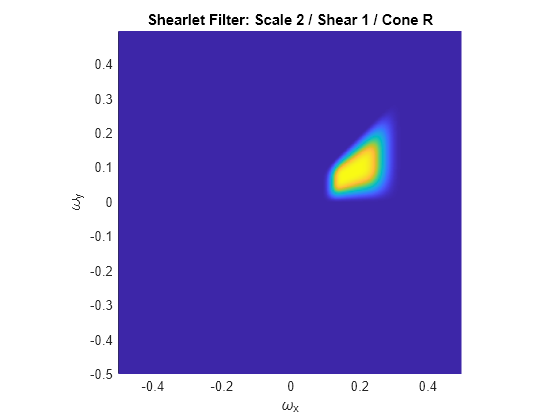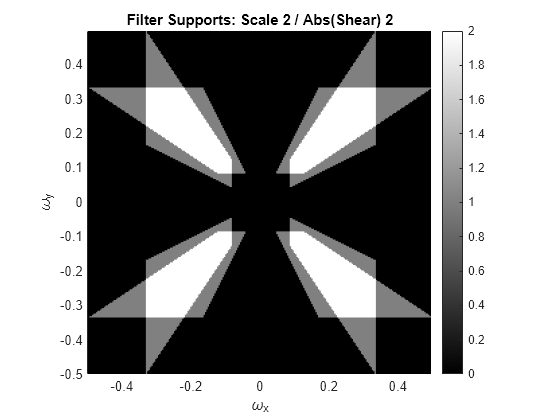filterbank
Shearlet system filters
Syntax
Description
psi = filterbank(sls)sls as a 3-D real-valued array. The array size is
M-by-N-by-K, where
M and N are the values of the two-element row vector
ImageSize of
sls. K is the number of shearlets including the
lowpass filter, K = numshears(sls) + 1.
Examples
Input Arguments
Output Arguments
Extended Capabilities
Version History
Introduced in R2019b

